Edgar Wright: Mastery of visual comedy
English cinema has a special place in the industry. Unique humor and subtle irony are what films from the Foggy Albion are famous for. Edgar Wright is one of the most famous British directors, whose name has become synonymous with quality English comedy.

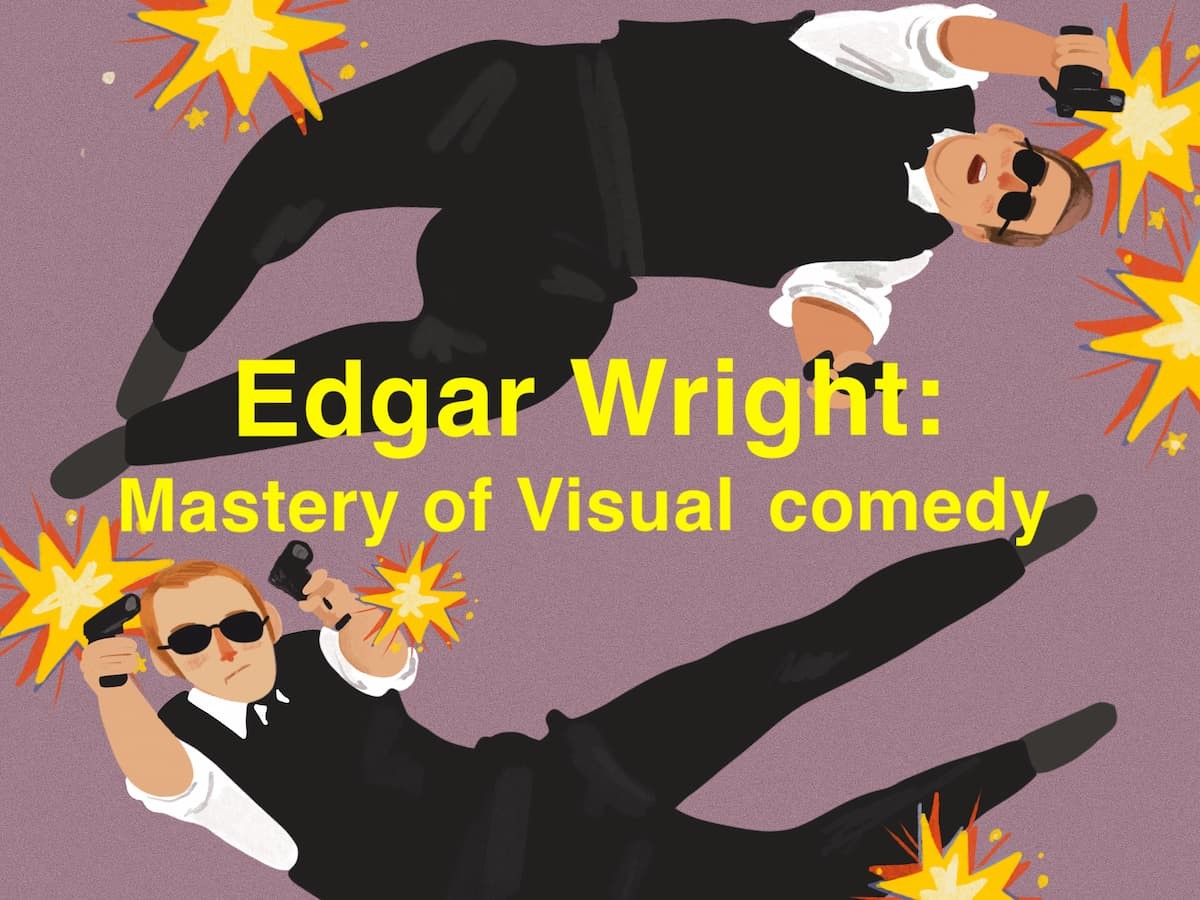
English cinema has a special place in the industry. Unique humor and the subtle irony is what films from the Foggy Albion are famous for. Edgar Wright is one of the most famous British directors, whose name has become synonymous with quality English comedy. It is important to note that we are not going to analyze and explain the genius of jokes. Namely, this blog aims to show that Wright has in its arsenal many more methods and techniques to tell a joke visually than his colleagues. The question is not "why", but "how" his movies are so funny and his style is so remarkable.
Art by @nadi_bulochka
Physical comedy: gag
From the very beginning of cinematography, everything depended only on visual perception because the filmmakers couldn't record replicas due to lack of technology. Since then the principles of comedy in cinema were laid, which were based on gags.
I attached this video here for a reason. If this is your first time hearing the word gag, then I'm glad to introduce you to Buster Keaton - one of the classics of silent movie. He is a recognized master of visual, physical humor. So gag is just a ridiculous situation that happens to a person, where comic effect is reached via action.
Cinematography, first of all, is visual art that's why gags are the most natural kind of joke in movies. And Edgar Wright himself recognizes and understands this fact. For example, Wright uses the motive of jumping over the fence as a reference to cool action films, however, he makes fun of this cliché and the fence in his films breaks down, and the hero falls. Wright breaks expectations and builds a joke on this. Moreover, this joke is one of the "business cards" of his directing style, so he puts it literally in each movie.
Editing and camera positioning
Talking about visual comedy, it is impossible to avoid talking about how the film was made. Moreover, Wright uses very expressive methods.
Firstly, montage is one of the most interesting trademarks of the director. He takes boring, trivial situations and narrates them using a non-trivial way. Even in our blog about lenses as an artistic instrument, we talked about such a type of optical zoom as snap zoom. So Wright uses optical features to make the image in some cases dynamic and interesting, and in other cases to make a joke. How's that possible? Look, it's simple: he takes routine like in the "Shaun of the Dead" and edits them at a very fast pace. Feverish editing of close-ups does not let the eye get bored. And it is the contrast between the ordinary and the epic, clip-based editing that creates comedy and absurdity.
Clip-based montage is also a reliable method when you wanna show the movement of the character without drawn-out and boring shots from a helicopter. A great example of that is laid down in the "Hot Fuzz".
In fact, it is not just about pace. It still remains storytelling and to prove it I would like to analyze the sequence from the "Hot Fuzz". For example, two shots of the taxi sign appear at the beginning of the sequence and at the end, which represents a place of departure and the place of destination. Or during the sequence we can see several phone shots which in three stages show how the protagonist leaves "civilization" in the hinterland: on the screen, you could see how the signal disappears.
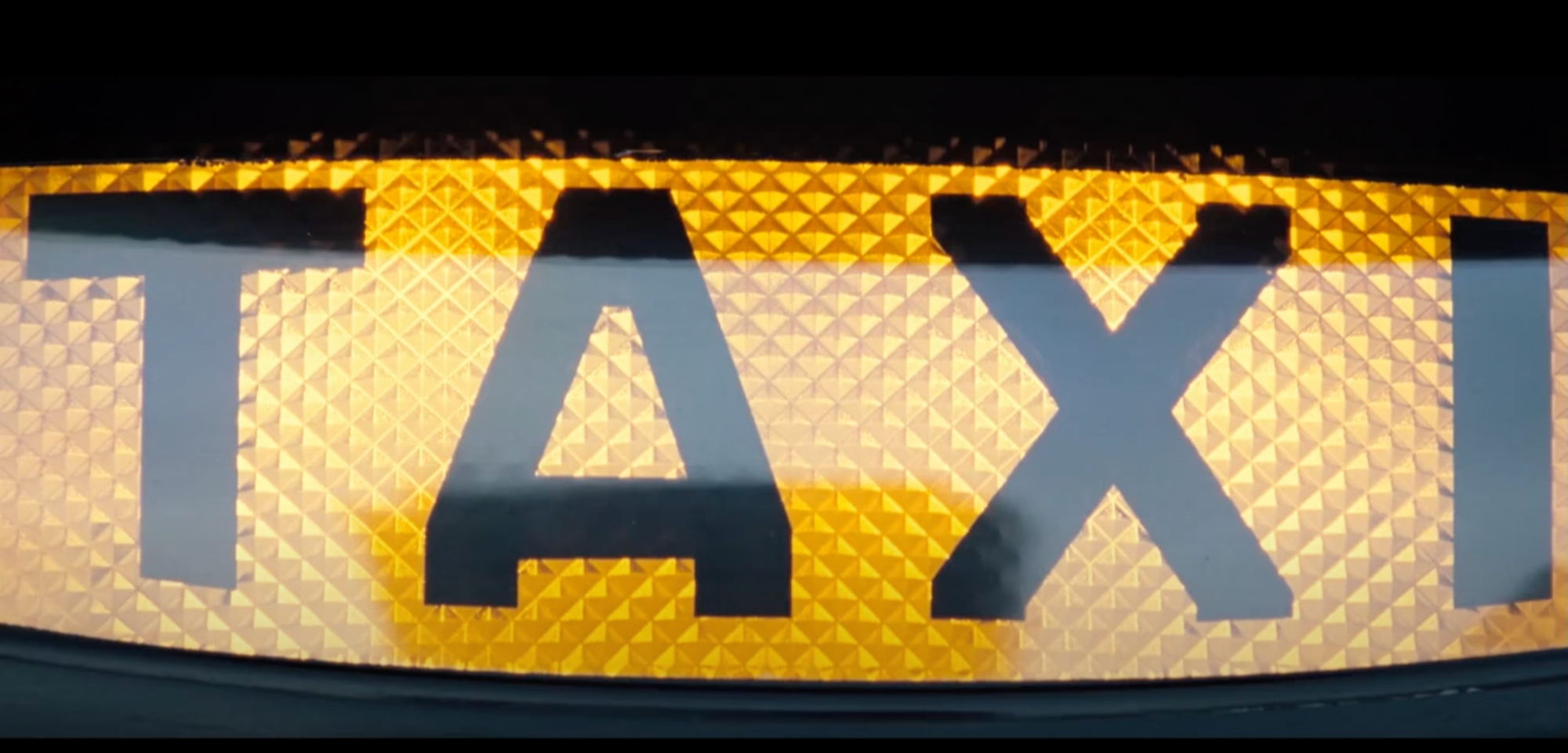
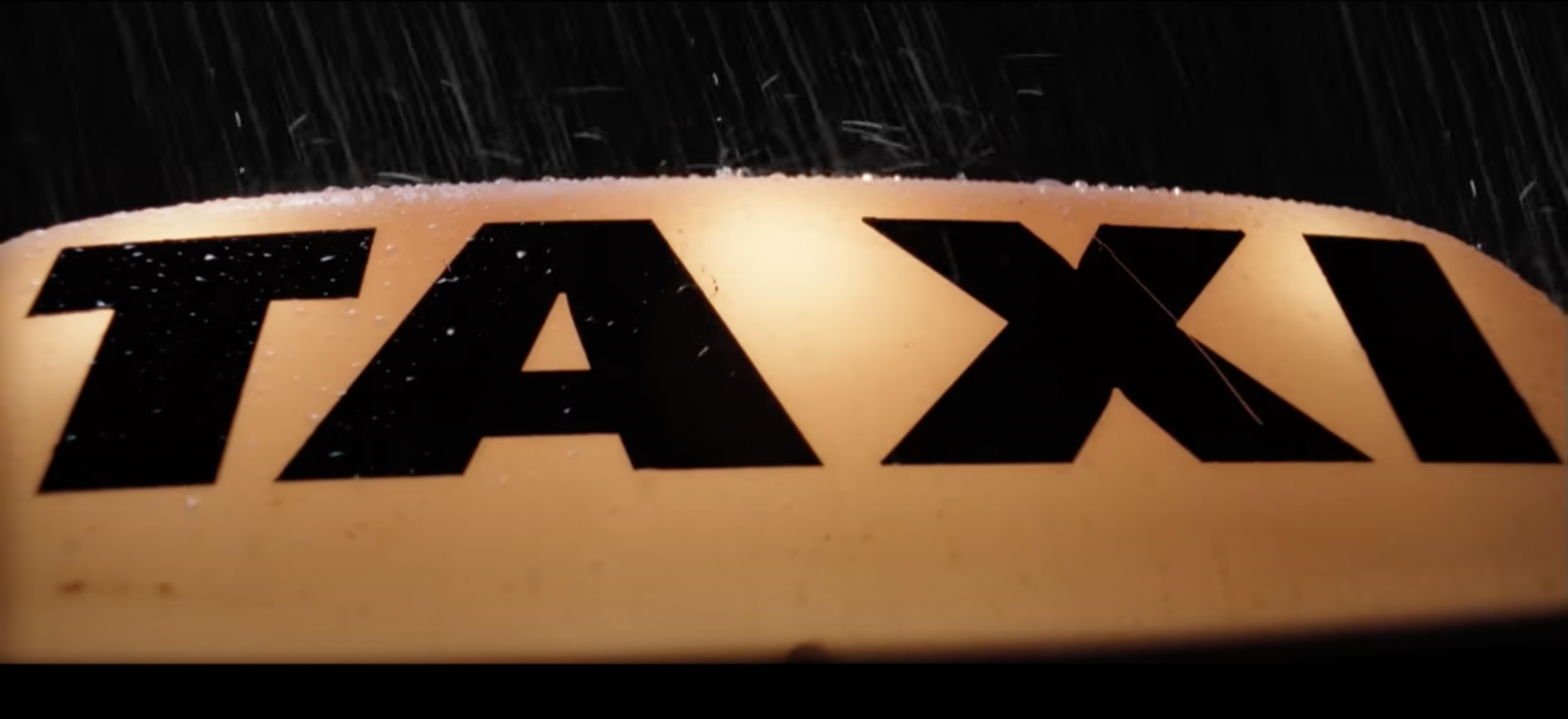
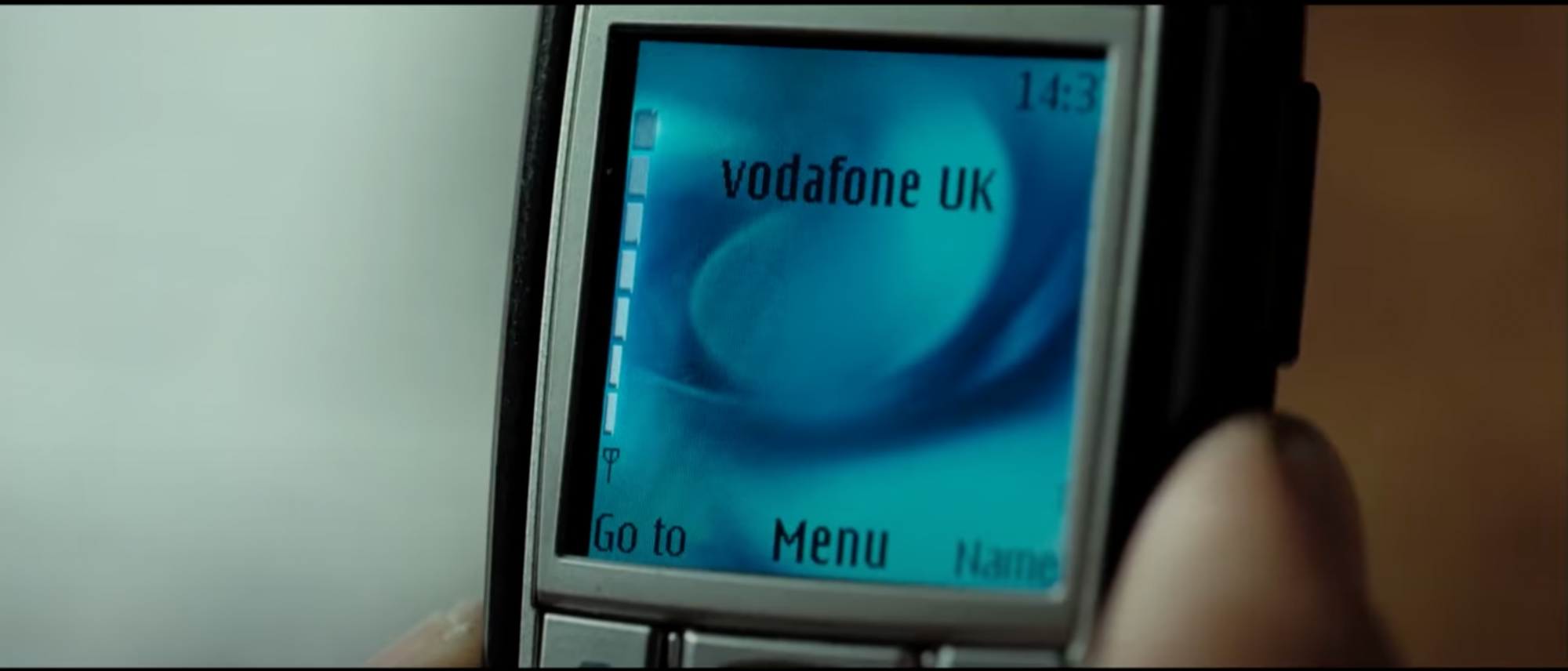
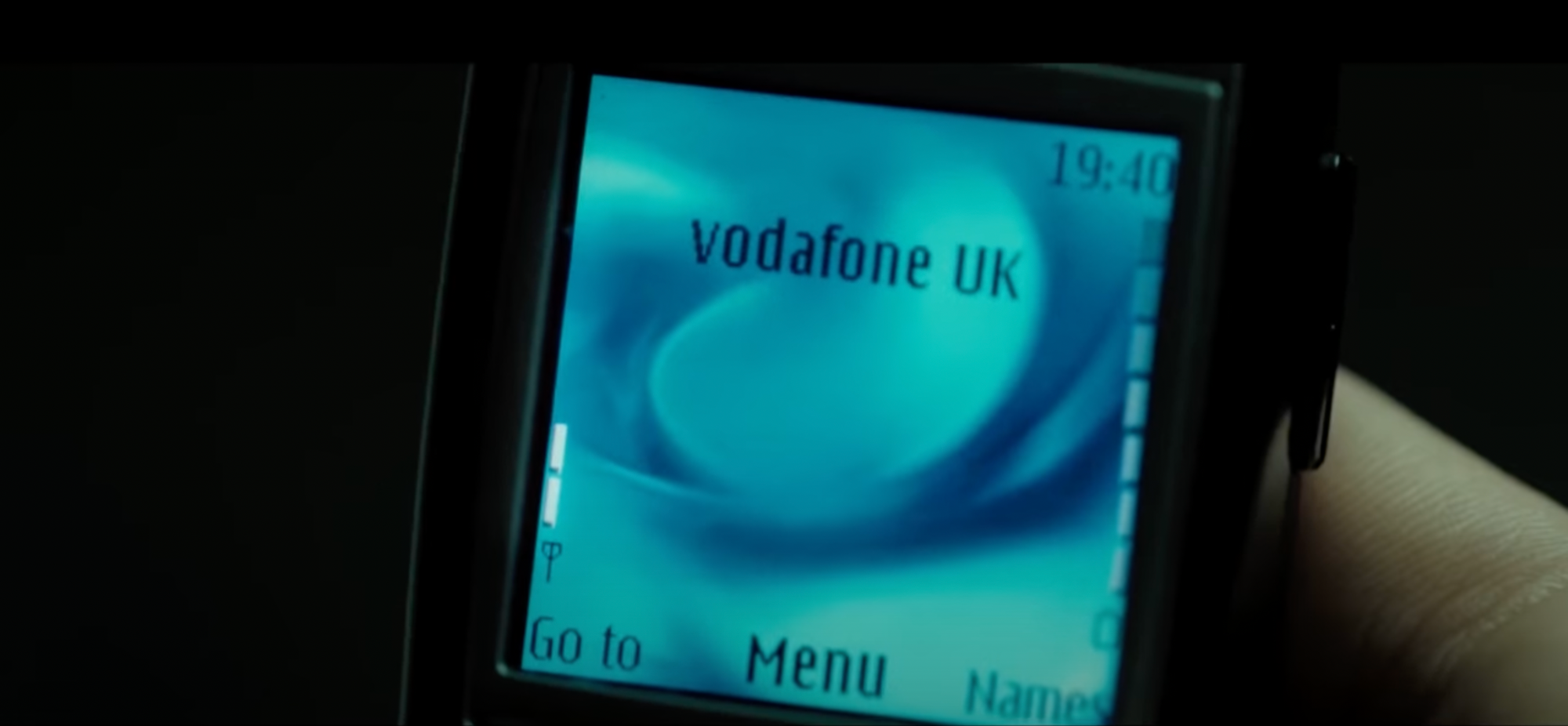
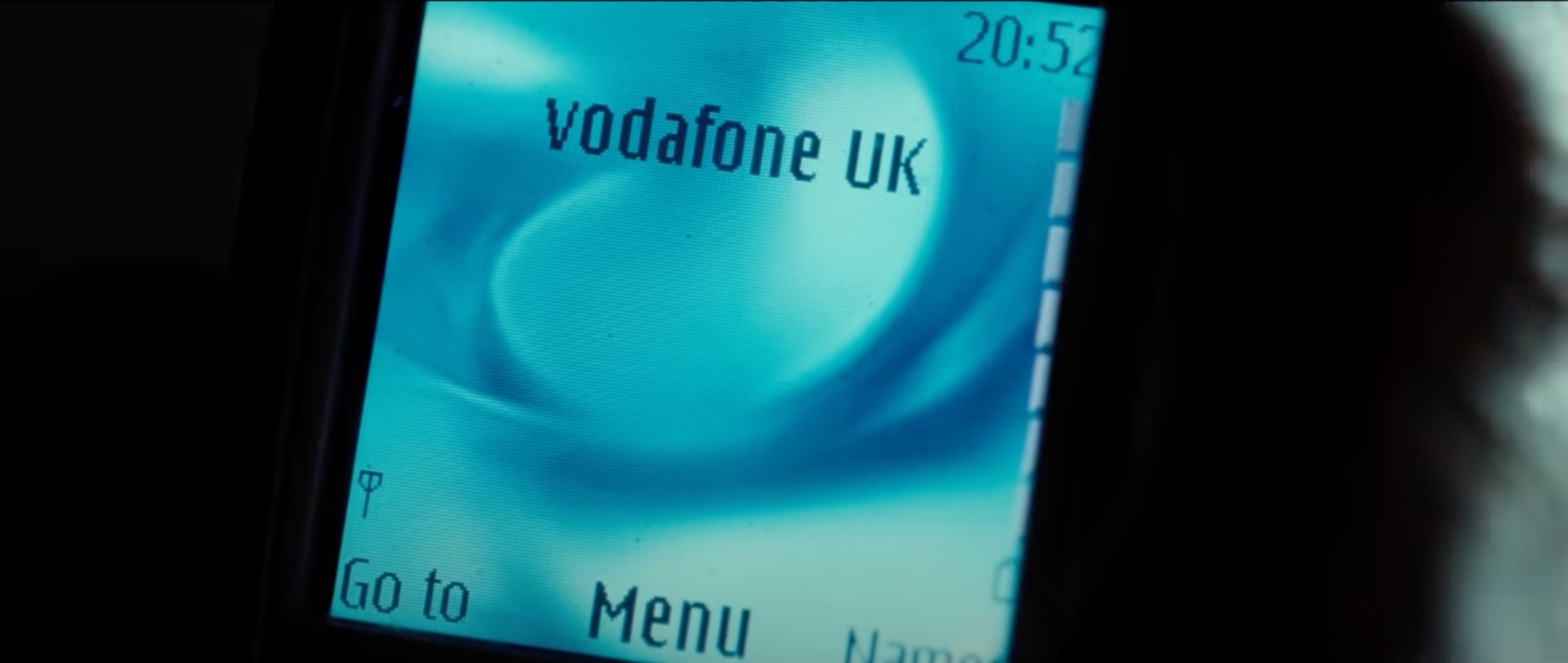
Another approach of Edgar Wright is repetition. He uses the same mise-en-scène for making two shots, which are edited via jump-cuts.
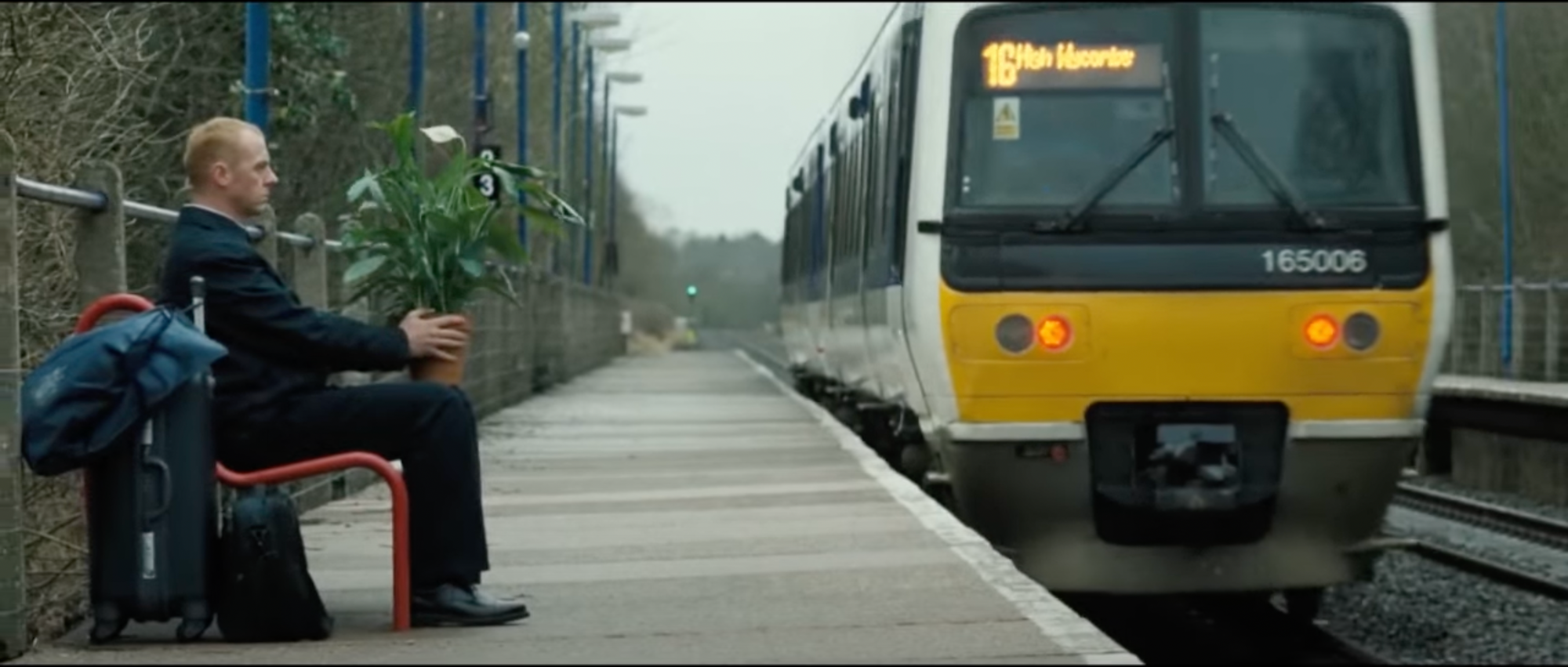
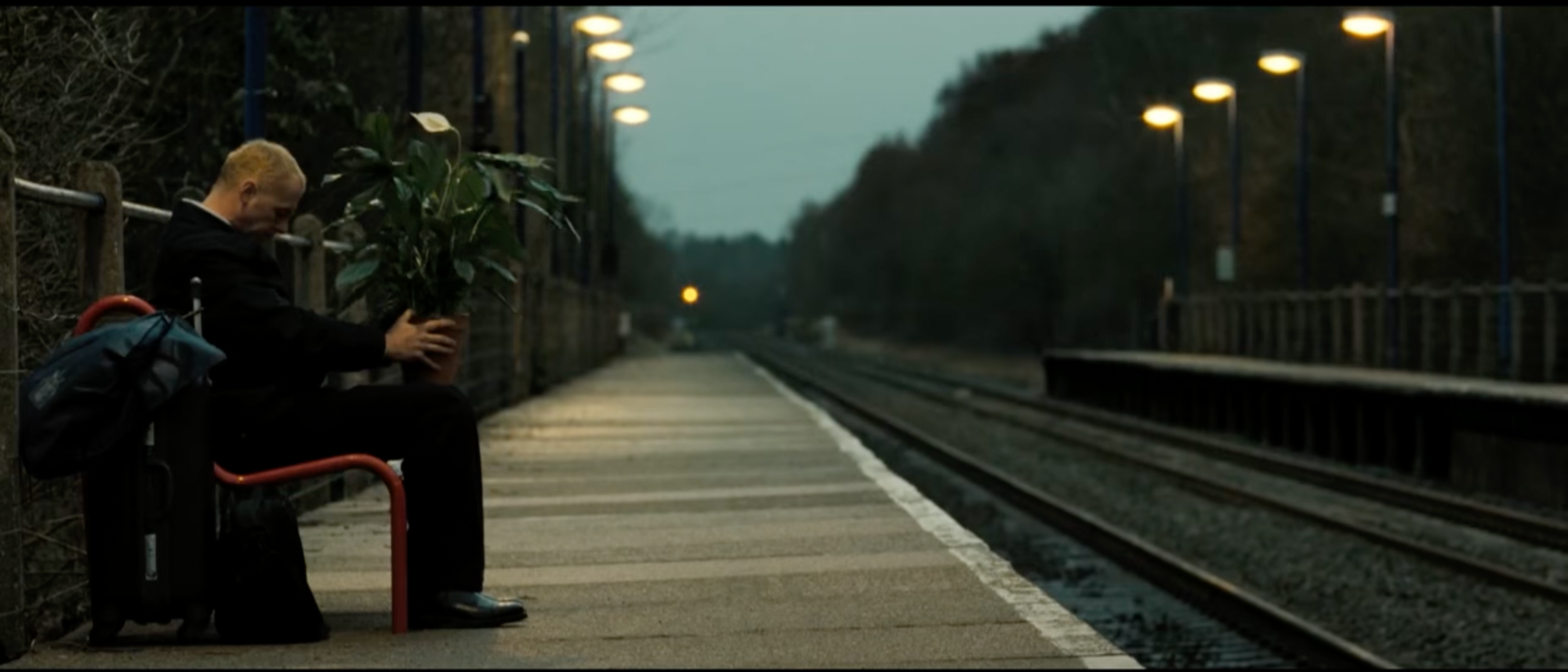
It is just an example of how the director skips all the boring elements to give much more space for the plot and comedy elements. Of course, these very examples are not too funny, but the point is that Wright skillfully constructs an atmosphere of absurdity and farce. Wright's signature editing is a way to give us an idea of the world of film. And therefore, everything that happens in the plot is justified.
This video is an example of the comedy gained through repetition. Literally, the same scene and the same dialogue escalates the effect of the absurd - this is how a visual joke works. And of course, you can't forget about the "Shaun of the Dead" where the comedy was again created via repetition: the composition of those shots is similar, but conditions have radically changed. With all this Shaun (Simon Pegg's character) is exposed as an indifferent guy, so that he does not even notice these "new" conditions, which makes the audience smile.
Watching his films you would probably recognize that some scenes referencing other classic movies are pop culture. Here is the fact, that Wright is a complete geek, which manifested itself primarily in music. The music in his films, when it appears, acts as a point on which the montage is based. That's why his films have a unique rhythm. And when it is not music Wright puts a lot on sound design. Literally, every movement is accompanied by some kind of sound.
Another representation of his geek nature is straight referencing scenes. So in the "Shaun of the Dead" he quotes "Night of the Living Dead" by George Romero. In the "Hot Fuzz" one sketch was inspired by the "Romeo+Juliet" by Baz Luhrman and, indeed, Wright referencing to the "badass action movies" such as "Bad Boys 2" and "Point Break".
We can hear the voice of the director throught the characters: they speak and discuss pop culture, so they seem to be alive. A great example is Danny Butterman, one of the main characters of the "Hot Fuzz", who acts like a child when talking about cool movies like "Point Break", so it becomes funny when his words become real life. Shootouts, chases, and pretentious phrases - all this seems foreign to the world of the film and therefore funny. This is how Wright makes fun of clichéd action films about tough partners.
The best way to understang Edgar Wright - to watch his movies
All these elements in themselves have little meaning, moreover, they may seem not at all funny. However, the peculiarity of Edgar Wright's direction lies in the way he combines editing, sound, and cultural code. But that's not all! We did not consider a huge layer of his verbal jokes, which are excellently written and delivered in films. The only thing we want is for you to be interested in Wright's work because the best way to understand a movie is to watch it.
We love movies here. We're talking about cinema here. Here we promote the love of art and try to inspire you to take your camera and make a short film. Leave the boring pre-production routine to the Filmustage - automatic script breakdown - and focus on your creativity!
After a long time of hard work we are happy to announce the beta-testing of the new scheduling feature in the Filmustage software. Be one of the first to test the new functionality - click here for more detailed information.
Subscribe and take care of yourself. See ya next week!
From Breakdown to Budget in Clicks
Save time, cut costs, and let Filmustage’s AI handle the heavy lifting — all in a single day.